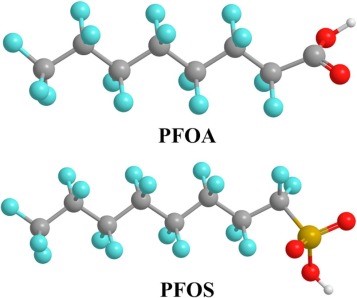Perfluorooctanoic acid (PFOA), also known as C8, and perfluorooctanesulfonic acid (PFOS) are a class of perfluorinated carboxylic acids (PFCs) that have generated much interest in the last two decades due to media attention and an awareness of its extreme persistence (long biologic half-life). These chemicals were historically used in Teflon related products and textiles. History has shown that these chemicals, which were used for stain resistance, contaminate the groundwater across the nation where an industry which used them is nearby. More recently, concern about firefighters who were exposed via foam has been expressed.

Paustenbach and Associates has been involved with these group of chemicals since the early 2000s and has been continuing work understand their effects. We have evaluated occupational exposures to PFOA/PFOS and the effects of its release to groundwater. For example, we were among the first to recognize that water from factories that treated fabrics and carpets was a source of contamination of groundwater due to the distribution of sludges from the local water treatment facility have been applied on to farmlands.
© 2020 All rights reserved